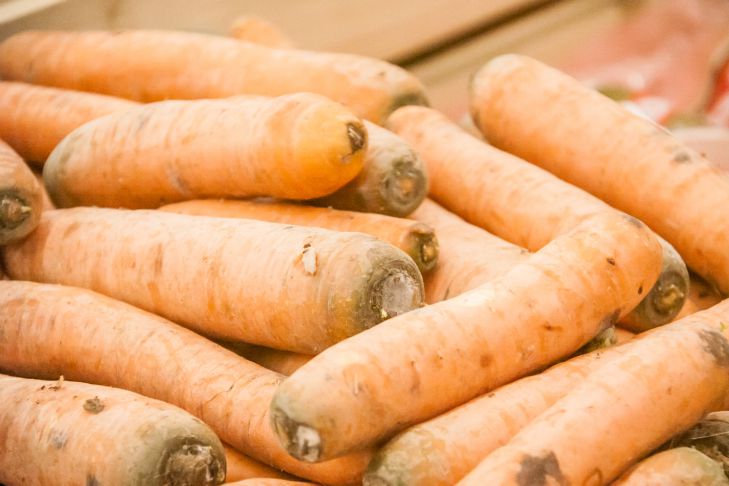Growing carrots using seedlings: gardeners reveal their secrets
Most farmers use seedling planting of carrots due to the cold climate and unfavorable conditions.
But this method is quite troublesome, since this root crop is very sensitive to transplantation.
Pros and cons of this method
The main advantage is the manifestation of early shoots and, as a result, an early harvest. Since carrots are considered one of the few vegetables that tolerate frosts well, they are resistant to -4 degrees, says Anastasia Kovrizhnykh .
The seeds are sown quite early, during the cold season, and by the time of transplanting to a permanent location, the carrots have already sprouted.
The disadvantages are:
• Deformed fruits.
• A lot of time is spent.
• Not all seedlings take root.

But despite such shortcomings of this method, many gardeners achieve excellent results.
Method of growing fruits from pelleted seeds
This option of planting carrot root crops through seedlings is considered the most unusual and many gardeners do not know it yet. It is performed in the following sequence:
1. Plant the pelleted grains in a box large enough to give the root system enough room to develop.
2. Before planting, disinfect the soil, water it and loosen it well, as the roots need to receive oxygen.
3. Using tweezers, place the seeds into it at a depth of 2 cm, at a distance of at least three centimeters.
4. Water such seeds according to the instructions, which should be indicated on the label.
5. When the first shoots emerge, you should water less often and move the box to a place where it is exposed to sunlight.
6. Also, do not forget about fertilizing. It should be done when the seedling has three leaves. You need to use a water-soluble micronutrient fertilizer.
7. After the fourth leaf has sprouted, the plant must be planted in a permanent location.
When transplanting this vegetable, several principles should be followed:
• The beds should be watered generously before planting.
• Remove the sprouts from the container only by the leaves, so as not to damage the delicate root.
• When digging a hole, take into account the length of the root system.
An effective way of planting in open ground
It is necessary to transplant seedlings in the evening, so that the sun has already set. To do this, you need to take a kitchen knife and a metal wire about 40 - 45 cm long.
Make a 20 cm hole in the rows using wire, and then take it out with special care so that the soil does not crumble. Pour liquid into the hole using a watering can, preferably with a long spout.
Make holes with a knife near the seedlings, take them out and place them in the hole, while straightening the roots. Then sprinkle with soil and moisten well.
Crop rotation
When growing this vegetable, it is necessary to take into account crop rotation. Its principles can improve the harvest and protect it from various unfavorable conditions.
It is better to plant this root crop after: pumpkin, potatoes, cabbage, lettuce, coriander, radish, mint and spinach.
These fruits can be sown 1.5 - 2 years after cucumbers, due to the fact that after this vegetable the soil is enriched with elements that carrots do not tolerate at all.
Also, it is not recommended to place beds for this vegetable near dill, celery and parsnips. But onions next to carrots will protect them from many pests.
Earlier we talked about fighting aphids in the garden.
